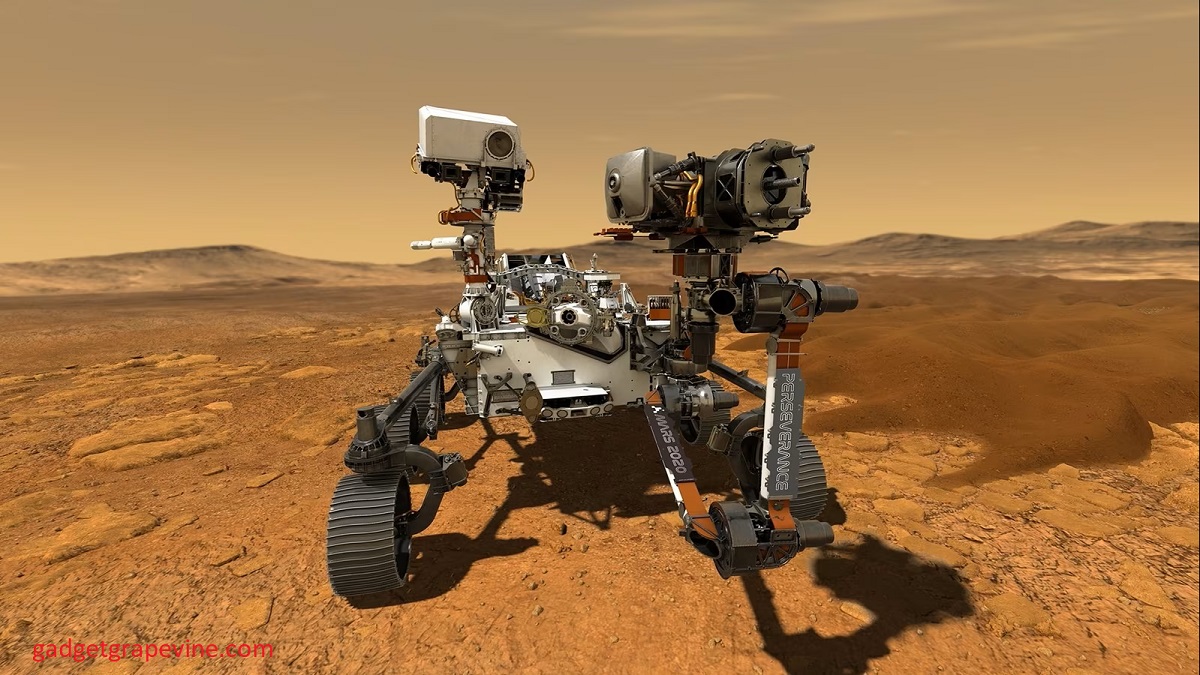NASA’s Perseverance Mars rover has successfully finished what the space agency refers to as “humanity’s first sample depot on another planet.” The rover began working on the task less than six weeks after it had been assigned.
The ten titanium tubes inside the depot are each filled with a sample of martian rock and dust that was collected by the Perseverance over the course of its two-year mission since it first arrived on the faraway planet. They might be retrieved by another NASA mission and brought back to Earth, but that depends on how things play out.
Just so there is no confusion, the depot is not a building, nor even a container of any kind. It’s nothing more than an open area of land that NASA has chosen to use as a repository for the samples.
Following the installation of the initial 18.6-centimeter-long tube for the depot in December, Perseverance went on to instal an additional nine of these tubes, with the most recent one being installed in recent days. In the event that any of the tubes become obscured by martian dust, their precise locations have been meticulously mapped out.
With dogged determination, two samples were taken from each of the collection sites. While one set is currently stored at the depot, the other set is still being transported by the rover. The Mars Sample Return mission is currently scheduled to take place in the early 2030s. According to the current plan, a robot will be used to retrieve the samples from the Perseverance rover, then the capsule containing the samples will be loaded onto a rocket, and the rocket will then return to Earth.
In the event that the robot is unable to successfully retrieve the samples from Perseverance, efforts will be made to instead retrieve the samples from the depot.
Also Read: Is Stash Legit
(Early) life on Mars

The (Mars) Perseverance rover has been using its onboard tools to drill samples from locations deemed to be of scientific interest by NASA’s team at the Jet Propulsion Laboratory (JPL), which is in charge of the current Mars mission. Samples have been taken from locations deemed to be of scientific interest.
It is hoped that the samples will contain evidence that there was once life on Mars in the form of microbes. A finding of this nature would help to elucidate more about the past of the red planet and might even provide some insight into the process by which life originated on Earth.
Jezero Crater, a region that was once filled with water and which scientists believe has the best chance of containing revelatory material, has served as the location for all of the search sites conducted by the Perseverance rover.
According to the team’s website, “Mission scientists believe the igneous and sedimentary rock cores provide an excellent cross-section of the geologic processes that took place in Jezero shortly after the formation of the crater almost four billion years ago.”
The depot has been completed, but the work that Perseverance has to do is not yet done. It is currently making its way to a higher part of the crater where scientists are eager to investigate rocks that appear to have been washed into the crater a very long time ago and which therefore originate from a location that is beyond the reach of the Perseverance.
Also Read: Tweak Vip
Substances Made Entirely of Carbon and Hydrogen

The SHERLOC (Scanning Habitable Environments with Raman and Luminescence for Organics and Chemicals) instrument has discovered organic compounds, which is fantastic news for the Mars Sample Return mission. The carbon-containing molecules SHERLOC analysed are present not only in the interiors of abraded rocks but also in the dust on non-abraded rock.
While the discovery of organics lends credence to the idea that life existed in Jezero at some point, it does not prove that life still exists there or that any traces of it remain (biosignatures). Organics can be made through biological and non-biological processes.
According to Luther Beegle, principal investigator of SHERLOC at NASA’s Jet Propulsion Laboratory in Southern California, “Curiosity also discovered organics at its landing site within Gale Crater.” SHERLOC’s ability to map the spatial distribution of organics within rocks and relate those organics to minerals already known to be present is a significant contribution to the story. This sheds light on the conditions present during the formation of the organics. Further research is required to ascertain the production process for the identified organics.









